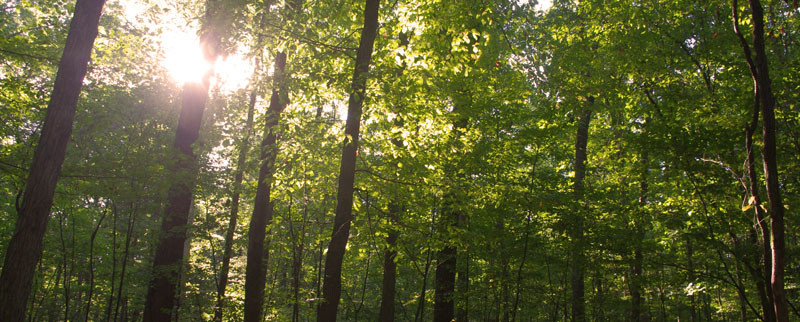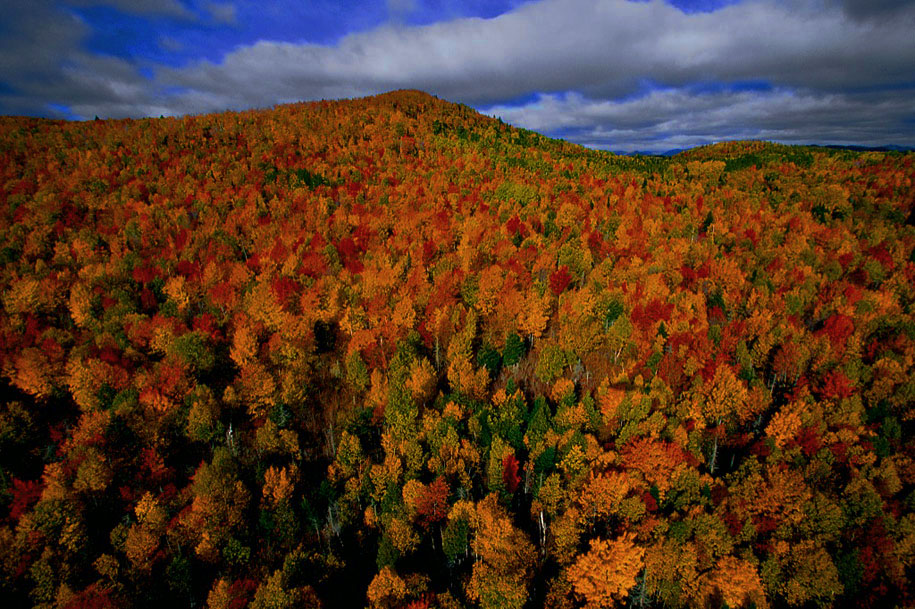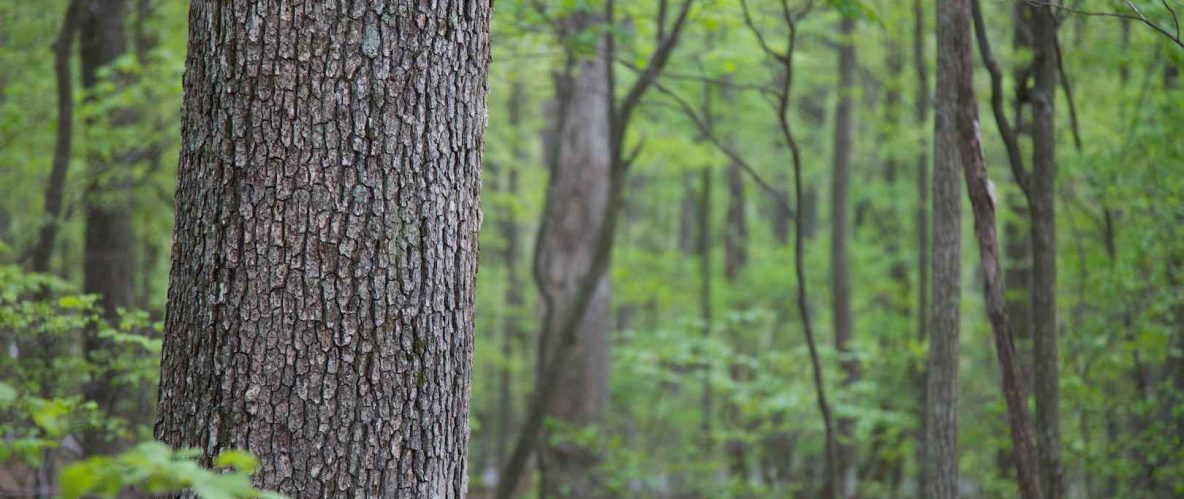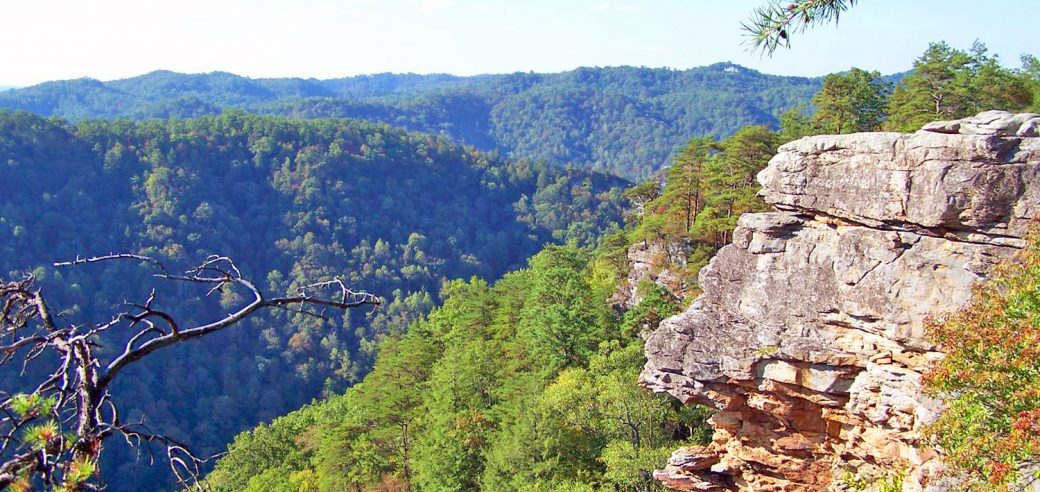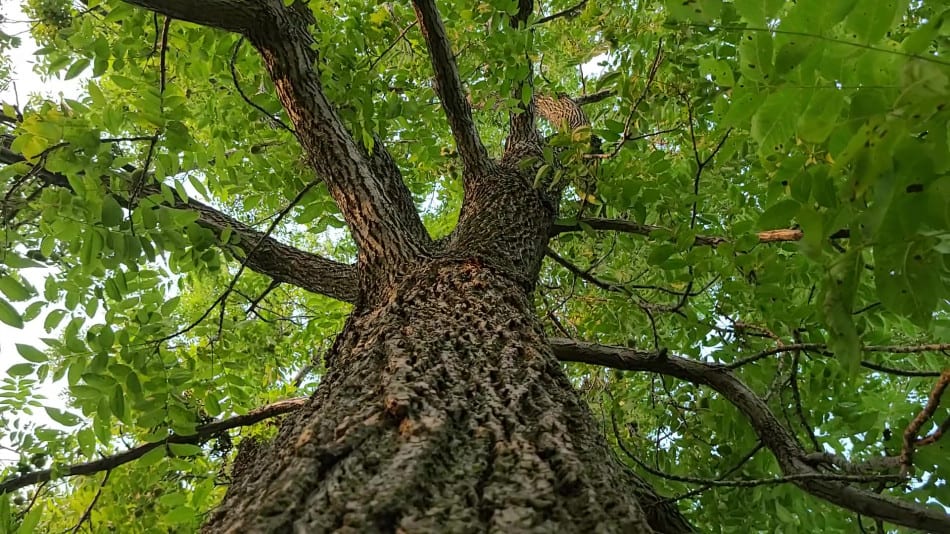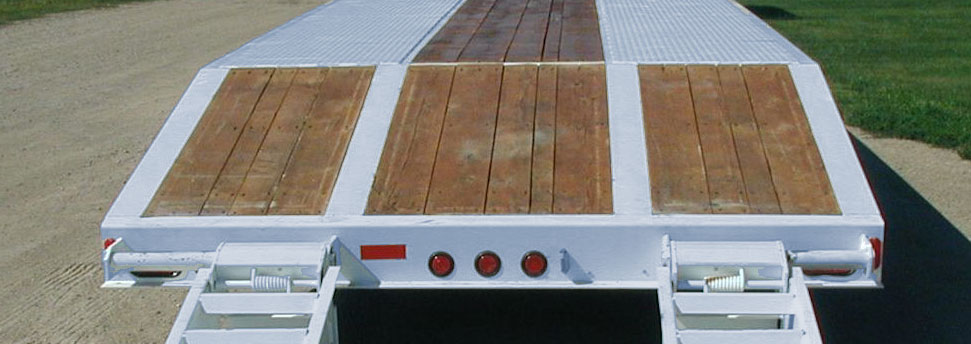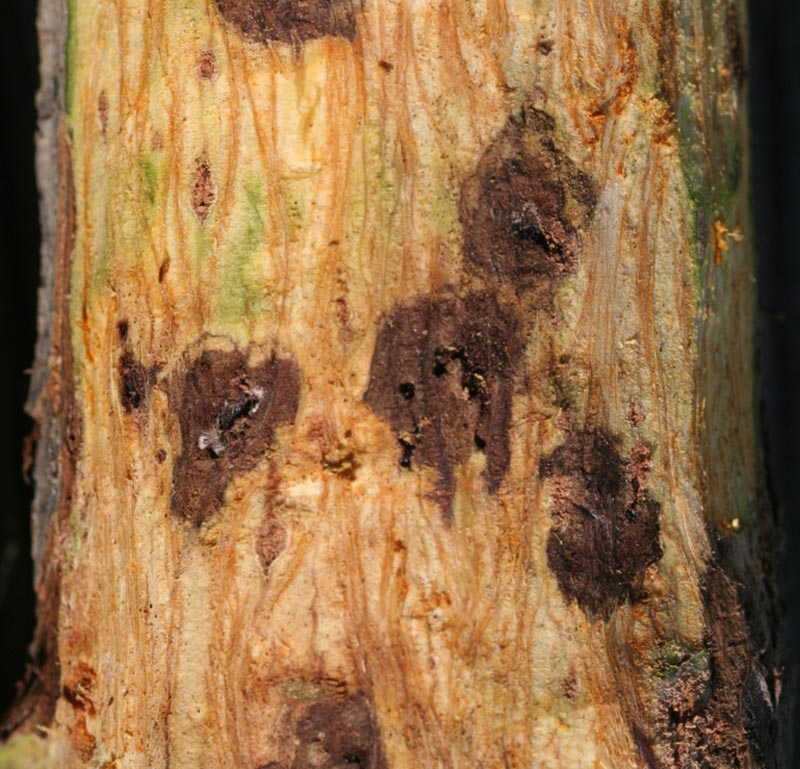North America’s hardwood forests are thriving thanks to responsible forest management. U.S. hardwoods grow more rapidly than they are harvested, ensuring a renewable supply for future generations. This sustainable growth benefits both the environment and the hardwood industry.
Thoughtful Timber Harvest Plans
Planning a timber harvest isn’t just about removing mature trees—it’s about managing your forest for long-term productivity, ecological health, and higher timber value. In this post, Ohio Timber Works explores how thoughtful timber harvest plans can improve forest regeneration, enhance hardwood stand quality, and increase future income from your land. From selective thinning techniques to species-specific growth rates for oak, maple, and walnut, we highlight strategies that benefit both landowners and Ohio’s forest ecosystems. Whether you’re considering your first harvest or looking to improve your existing woodland, this guide to sustainable logging practices in Ohio can help you make informed, responsible decisions for your timberland.
Estimating Standing Timber Volume
Practical methods for landowners to approximating the board‑foot yield of live trees in their woods. It introduces key measurements like DBH (diameter at breast height) and total height, and explains how to apply volume estimation formulas—such as the form‑factor method and segmented frustum method—to compute cubic feet, then convert to board feet using standard conversion (1 ft³ ≈ 12 bd‑ft). It also covers stand‑level estimates using Quadratic Mean Diameter (QMD) and basal area metrics tailored to Ohio hardwood species. A regional table provides approximate board‑foot volumes for common species at typical ages/DBH sizes. While acknowledging that perfect accuracy isn’t possible, the post emphasizes that with a few basic tools and simple geometry, landowners can arrive at reasonable estimates to inform timber harvest planning or valuations.
Estimating Standing Timber Value
The easiest step in this process—and one of the most important factors when assessing the value of a stand of timber—is estimating the volume of individual trees.
Selling Black Walnut Trees in Ohio and the Midwest: 2025 Market Trends & Pricing
Most of Ohio and the surrounding area is highly suitable for producing high quality black walnut trees.
The Lifecycle of a Tree: From Sapling to Sustainable HarvestThe Lifecycle Of A Tree: Growth Stages And Their Importance
If you’ve ever wondered when a tree reaches peak timber value, our in-depth guide on the lifecycle of a tree breaks down each stage of growth and what it means for your woodland’s potential.
White Custom Oak Trailer Decking Durable And Long Lasting
When it comes time to redeck your trailer, don’t overpay at the local lumber yard. Let Ohio Timber Works custom cut your trailer decking out of beautiful, stable White Oak. You’ll save money and the resulting deck will provide years and years of reliable service. Read more
Forestland Habitat and Recreation: How to Improve Your Woods After Harvest
Habitat creation is a legitimate goal of properly executed forest management. By using the unsellable biomass to create piles of limbs, boughs and branches, artificial habitat is created for many species of forest critters. When managing your timber make sure habitat preservation and creation are topics of discussion with your logging consultant. Read more »
Upcoming Walnut Quarantine Expansion Looming
Over a dozen states have enacted intrastate, interstate or both types quarantines on Black Walnut. With the introduction of Butler County to the growing list of quarantined counties in throughout the east, there is good reason for landowners in that region to be proactive about the harvesting of their timber. Read more »
Attacks Gypsy Moth and Your Timber
The Gypsy Moth isn’t a new threat but over the past several decades the population has exploded, with the insect moving into much of the Northern Appalachian regions of West Virginia and Ohio and posing a grave threat to the hardwood stand. As a timber owner you should be educated about the possible ramifications of Gypsy Moth and what you should do to properly manage your Ohio woods. Read more »

